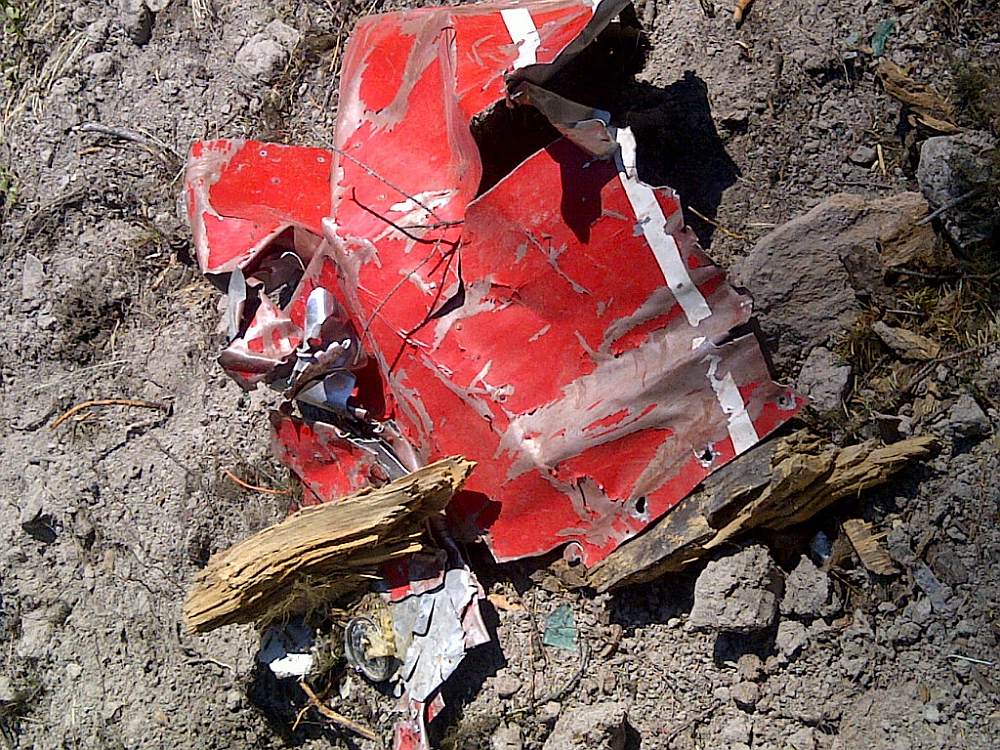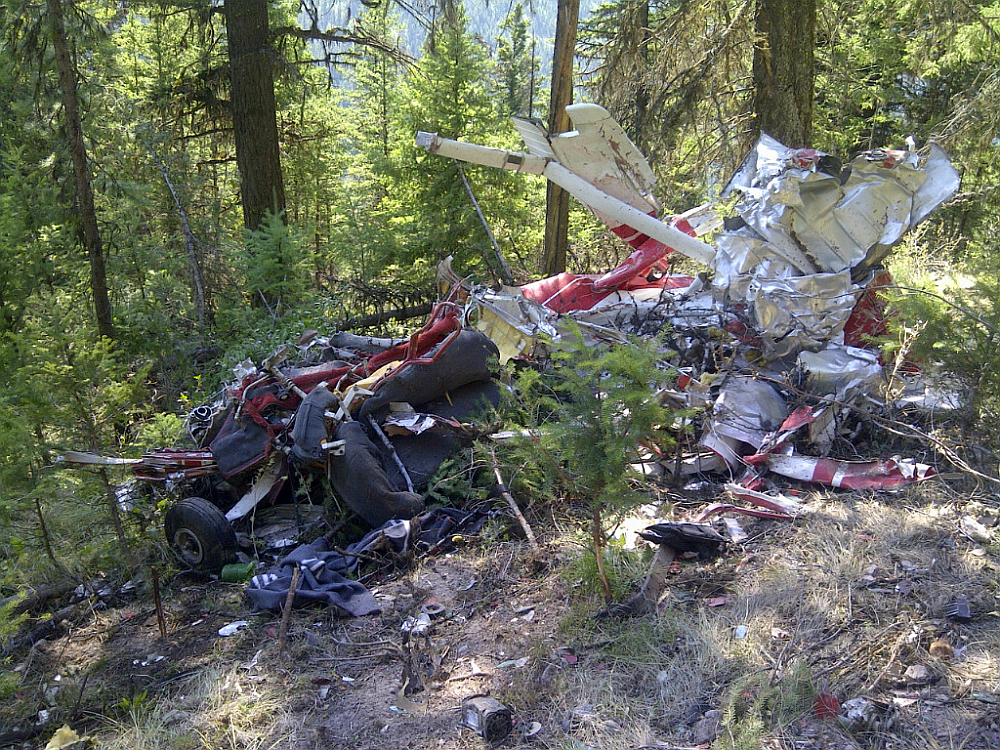Loss of control and collision with terrain
TylAir Aviation Ltd.
Cessna 172L, C-FQTR
Kamloops, British Columbia, 30 nm west
The occurrence
The Cessna 172L (registration C-FQTR, serial number 17259371) departed the Kamloops Airport, British Columbia, at about 1016 Pacific Daylight Time. The student pilot was the sole occupant of the aircraft for the 2-hour local training flight. When the aircraft did not return at the expected time, the Joint Rescue Coordination Centre Victoria was notified of the overdue aircraft by TylAir Aviation Ltd., and a search was started. No emergency locator transmitter signal was received by the Canadian Mission Control Centre or reported by anyone else. The search and rescue team located the aircraft wreckage and the fatally injured pilot the following day. There was no post-impact fire.
Media materials
News release
TSB releases investigation report into fatal August 2013 loss of control and collision with terrain of a Cessna 172 near Kamloops, British Columbia
Read the news release
Investigation information
Download high-resolution photos from the TSB Flickr page.
Class of investigation
This is a class 3 investigation. These investigations analyze a small number of safety issues, and may result in recommendations. Class 3 investigations are generally completed within 450 days. For more information, see the Policy on Occurrence Classification.
TSB investigation process
There are 3 phases to a TSB investigation
- Field phase: a team of investigators examines the occurrence site and wreckage, interviews witnesses and collects pertinent information.
- Examination and analysis phase: the TSB reviews pertinent records, tests components of the wreckage in the lab, determines the sequence of events and identifies safety deficiencies. When safety deficiencies are suspected or confirmed, the TSB advises the appropriate authority without waiting until publication of the final report.
- Report phase: a confidential draft report is approved by the Board and sent to persons and corporations who are directly concerned by the report. They then have the opportunity to dispute or correct information they believe to be incorrect. The Board considers all representations before approving the final report, which is subsequently released to the public.
For more information, see our Investigation process page.
The TSB is an independent agency that investigates air, marine, pipeline, and rail transportation occurrences. Its sole aim is the advancement of transportation safety. It is not the function of the Board to assign fault or determine civil or criminal liability.

